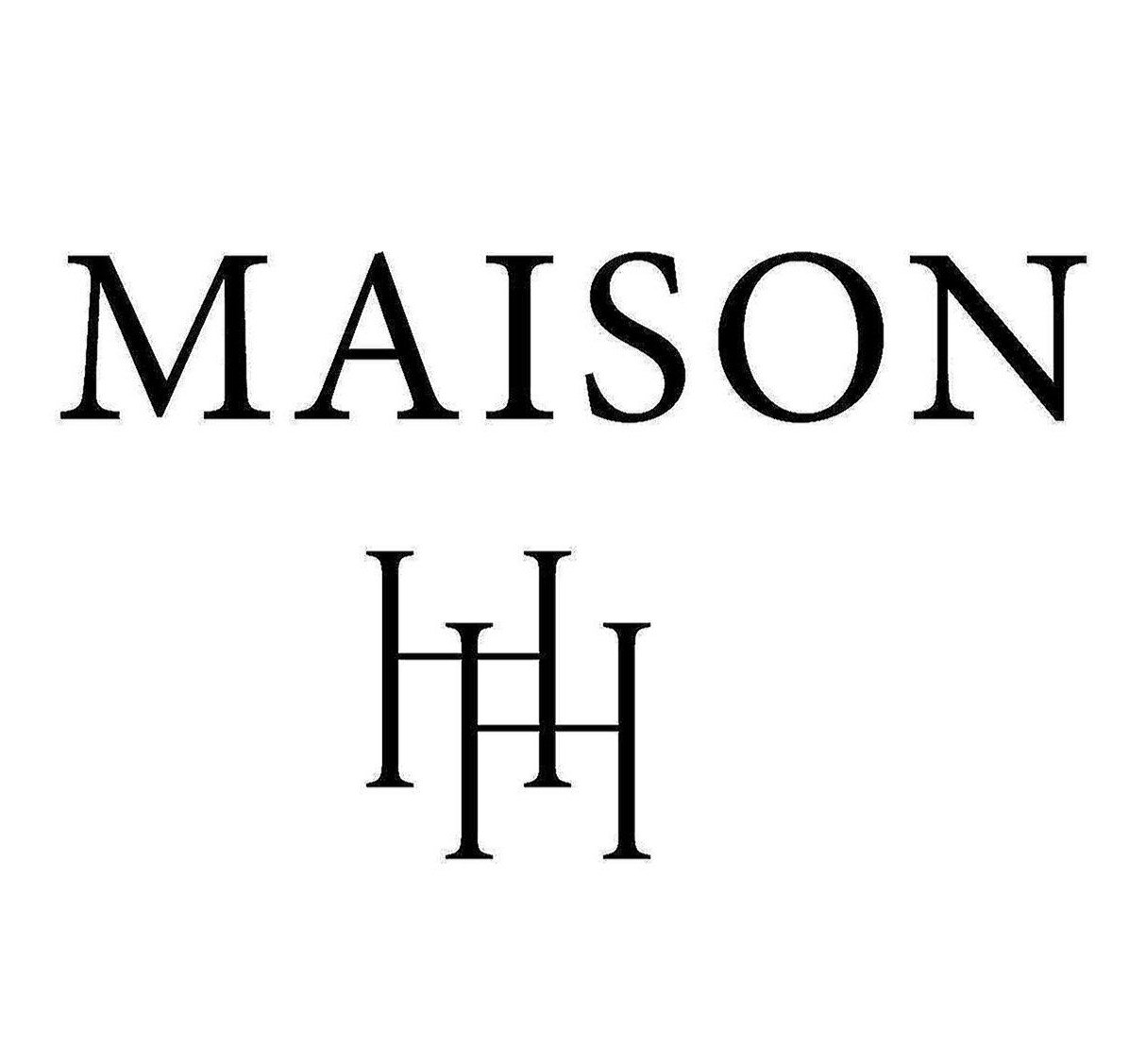Paul Fouillen (1899-1958)
Born in Lorient, Paul Fouillen arrived in Quimper in 1922. He was hired by the HB earthenware factory as a worker and then as a decorator, and his first signed pieces appeared in 1923 when he became head of the workshop. He was then authorized to produce original models.
Inspired by the work of James Bouillé and René Quivillic, artists of the factory, he was interested in the arrangement of Celtic motifs as decorative elements. The stylization of his decorations will then assert itself with much originality.
In 1925, he received the silver medal at the Exhibition of Decorative Arts in Paris. Then he created his own workshop in Quimper where he created furniture and modern ceramics integrating Celtic The technical characteristics of its production are multiple, including the use of a granite paste. The totality of the production is decorated under enamel.
After the war he developed a research on the form and the volume associated with a fantasy creation even fantastic.
Paul Fouillen leaves the image of a creator of a unique universe, dreamlike and endearing.
Prolific and curious, Paul Fouillen has created in various forms, as much on plates as on vases, dishes, snuffboxes and other accessories. Paul Fouillen was also inspired by the Odetta style, a line created in 1922 by the HB factory and inspired by geometric abstraction.
Biography
Encyclopédie des céramiques de Quimper, volume 4, Philippe Théallet & Bernard Jules Verlingue, Editions de la Reinette



